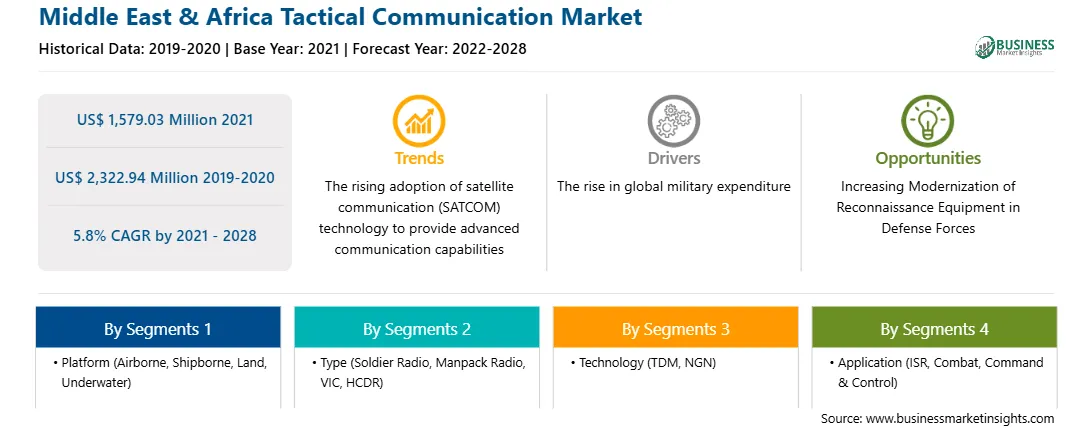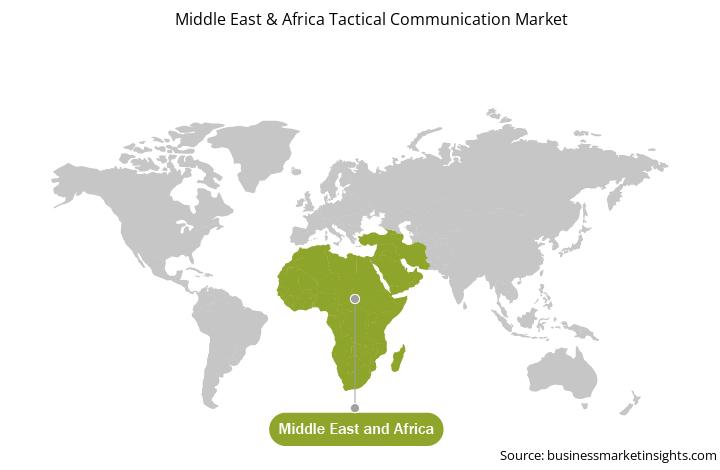As the battlefield in the 21st century is becoming network-centric, satellite communication technology is moving toward its next-generation, and its demand is increasing. In the current environment, a connected soldier should have network capabilities that allow real-time information sharing to accomplish mission requirements and preserve operational capability. Due to the large area of responsibility (AOR), naval battlefields may become a difficult task. Network-centric warfare, which permits communication across all sensors, weapons, and platforms spread across the battle space, has been highlighted by naval forces worldwide. SATCOM is a vital component in creating and realizing network-centric capabilities for military forces. Geographical obstacles have compounded the situation for terrestrial networks, which are often considered unsafe. On air-to-ground, air-to-air, ship-to-ship, and ship-to-shore platforms, SATCOM technology design elements provide communication channels. The communication satellite terminals make it easier to integrate tactical communication networks on mobile platforms, warships, and aircraft. For instance, in November 2020, the Israel-based defense company, Elbit Systems, introduced a portable tactical satellite communications (SATCOM) system named the E-LynX-Sat system. The system included a mobile terminal weighing less than 1kg that interfaces with Elbit Systems’ E-LynXTM Software Defined Radio (SDR) solution to enable communication. As a result, there is a rising demand for combat situational awareness equipment with portable satellite terminals, which drive the tactical communication market growth.
With new features and technologies, vendors can attract new customers and expand their footprints in emerging markets. This factor is likely to drive the Middle East & Africa tactical communication market at a substantial CAGR during the forecast period.
The Middle East & Africa tactical communication market is segmented on the basis of platform, type, technology, application, and country. Based on platform, the market is segmented into airborne, shipborne, land, and underwater. In 2021, the land segment held a larger share of the market; whereas the airborne segment is expected to register the higest CAGR during the forecast period. Based on type, the Middle East & Africa Tactical communication market is categorised into soldier radiom, manpack radio, VIC (vehicular intercommunication radio), high capacity data radio (HCDR), and others. In 2021, the soldier radiom segment held the largest market share; and VIC (vehicular intercommunication radio) is expected to register the highest CAGR in the market during the forecast period. Based on technology, the market is birfurcated into time-division multiplexing (TDM) and next-generation network (NGN). In 2021, the time-division multiplexing (TDM) segment held a larger share of the market; and next-generation network (NGN) is expected to register a higher CAGR during the forecast period. Based on application, the market is categorised into ISR, combat, and command and control. In 2021, the combat segment held a larger share of the market; and ISR is expected to register a higher CAGR during the forecast period. Based on country, the Middle East & Africa Tactical communication market is segmented into South Africa, Saudi Arabia, the UAE, and Rest of MEA. In 2021, Rest of MEA held the largest market share; and Saudi Arabia is expected to grow at the fastest CAGR during the forecast period.
BAE Systems; General Dynamics Mission Systems, Inc.; Iridium Communications Inc.; Northrop Grumman Corporation; Raytheon Technologies Corporation; Thales Group; Ultra; Viasat, Inc.; Airbus SAS; and L3Harris Technologies, Inc. are among some of the leading companies in the Middle East & Africa Tactical Communication Market.
Strategic insights for the Middle East & Africa Tactical Communication provides data-driven analysis of the industry landscape, including current trends, key players, and regional nuances. These insights offer actionable recommendations, enabling readers to differentiate themselves from competitors by identifying untapped segments or developing unique value propositions. Leveraging data analytics, these insights help industry players anticipate the market shifts, whether investors, manufacturers, or other stakeholders. A future-oriented perspective is essential, helping stakeholders anticipate market shifts and position themselves for long-term success in this dynamic region. Ultimately, effective strategic insights empower readers to make informed decisions that drive profitability and achieve their business objectives within the market.

| Report Attribute | Details |
|---|---|
| Market size in 2021 | US$ 1,579.03 Million |
| Market Size by 2028 | US$ 2,322.94 Million |
| Global CAGR (2021 - 2028) | 5.8% |
| Historical Data | 2019-2020 |
| Forecast period | 2022-2028 |
| Segments Covered |
By Platform
|
| Regions and Countries Covered | Middle East and Africa
|
| Market leaders and key company profiles |
The geographic scope of the Middle East & Africa Tactical Communication refers to the specific areas in which a business operates and competes. Understanding local distinctions, such as diverse consumer preferences (e.g., demand for specific plug types or battery backup durations), varying economic conditions, and regulatory environments, is crucial for tailoring strategies to specific markets. Businesses can expand their reach by identifying underserved areas or adapting their offerings to meet local demands. A clear market focus allows for more effective resource allocation, targeted marketing campaigns, and better positioning against local competitors, ultimately driving growth in those targeted areas.

The Middle East & Africa Tactical Communication Market is valued at US$ 1,579.03 Million in 2021, it is projected to reach US$ 2,322.94 Million by 2028.
As per our report Middle East & Africa Tactical Communication Market, the market size is valued at US$ 1,579.03 Million in 2021, projecting it to reach US$ 2,322.94 Million by 2028. This translates to a CAGR of approximately 5.8% during the forecast period.
The Middle East & Africa Tactical Communication Market report typically cover these key segments-
The historic period, base year, and forecast period can vary slightly depending on the specific market research report. However, for the Middle East & Africa Tactical Communication Market report:
The Middle East & Africa Tactical Communication Market is populated by several key players, each contributing to its growth and innovation. Some of the major players include:
The Middle East & Africa Tactical Communication Market report is valuable for diverse stakeholders, including:
Essentially, anyone involved in or considering involvement in the Middle East & Africa Tactical Communication Market value chain can benefit from the information contained in a comprehensive market report.